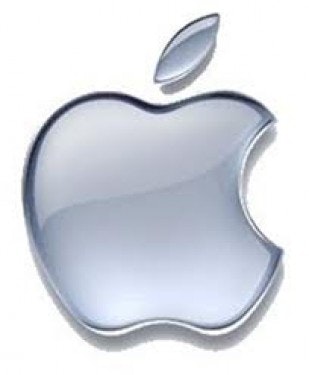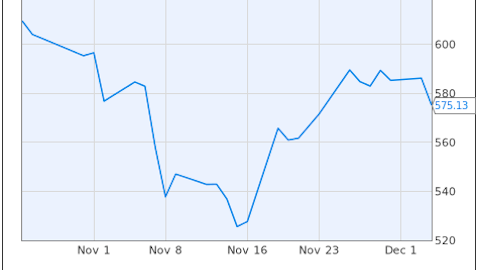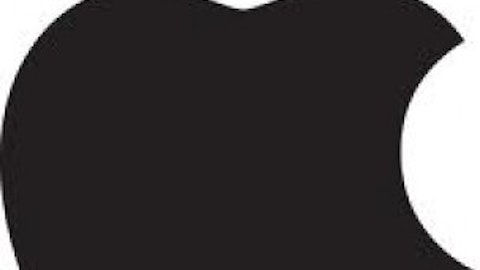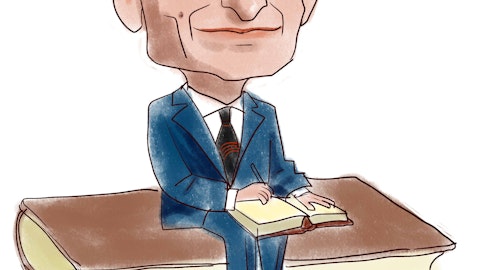
If lemonade sales are booming, then I want to know who’s supplying the lemons.
The smartphone revolution, for instance, has been very good to Apple Inc. (NASDAQ:AAPL). And analysts are forecasting a 27% increase in smartphone sales next year – or 868 million phones sold.
Of course, smartphone producers aren’t the only businesses seeing increased revenue from this technological revolution.
Billions have been funneled into smaller equipment vendors and gadget makers whose components are found inside the devices.
And I’m not just talking about mobile phones, but also tablets, PC monitors and LCD TVs.
What do these products all have in common? Glass display screens.
There are only a couple of major glass manufacturers vying for a piece of this lucrativemarket. But only one has set the standard.
This industry leader has a screen that offers brilliant resolution as well as extreme durability and scratch resistance.
The company, Corning Incorporated (NYSE:GLW), has a long history as an industry innovator.
In 1947, Corning invented the process to mass-produce glass picture tubes, making TV sets affordable for the public. The following year, 1 million sets were sold in the United States.
The company began mass-producing tubes for color TV in 1953.
Just six years later, Corning invented the fusion process, creating glass that is exceptionally flat, clean and well-suited to the exacting requirements of liquid crystal displays.
And after 160 years in business, the company still leads the industry in innovation.
Corning’s newest advance is called Gorilla Glass, an ultra-thin and highly sensitive (important for touch-screen applications) type of glass for smartphones and other devices. To boot, it is extremely strong and nearly impervious to normal wear and tear.
Just about every major manufacturer finds this rare combination of attributes highly attractive. And that’s why you’ll find Gorilla Glass on 33 brands spanning 900 models worldwide.
If you own a Sony Bravia TV, a Samsung Galaxy tablet, a Dell laptop computer or a Motorola DROID phone, then you’ve come in contact with this specialty glass.
All told, Gorilla Glass has been installed in more than 1 billion devices around the world.
Last year, Corning raked in $3.6 billion in gross profits and posted its eighth straight year of positive freecash flows. And the balance sheet is even more impressive – boasting about $5.8 billion in cash.
That’s a nice pile of cash to pay dividends, repurchase shares, make acquisitions or plow back into research and development (R&D) to create tomorrow’s innovations.
Speaking of innovations, the company just unveiled the new-and-improved Gorilla Glass II, which is just as strong and 20% thinner.
As it penetrates the market, I believe sales could soar from $7.9 billion last year to break $10 billion by 2014.
And here’s the best part: pessimism surrounding a temporary market overcapacity has cut the stock price in half.
Since peaking above $23 per share in March 2011, the stock has slid by more than half and currently trades near $12.15 a share.




